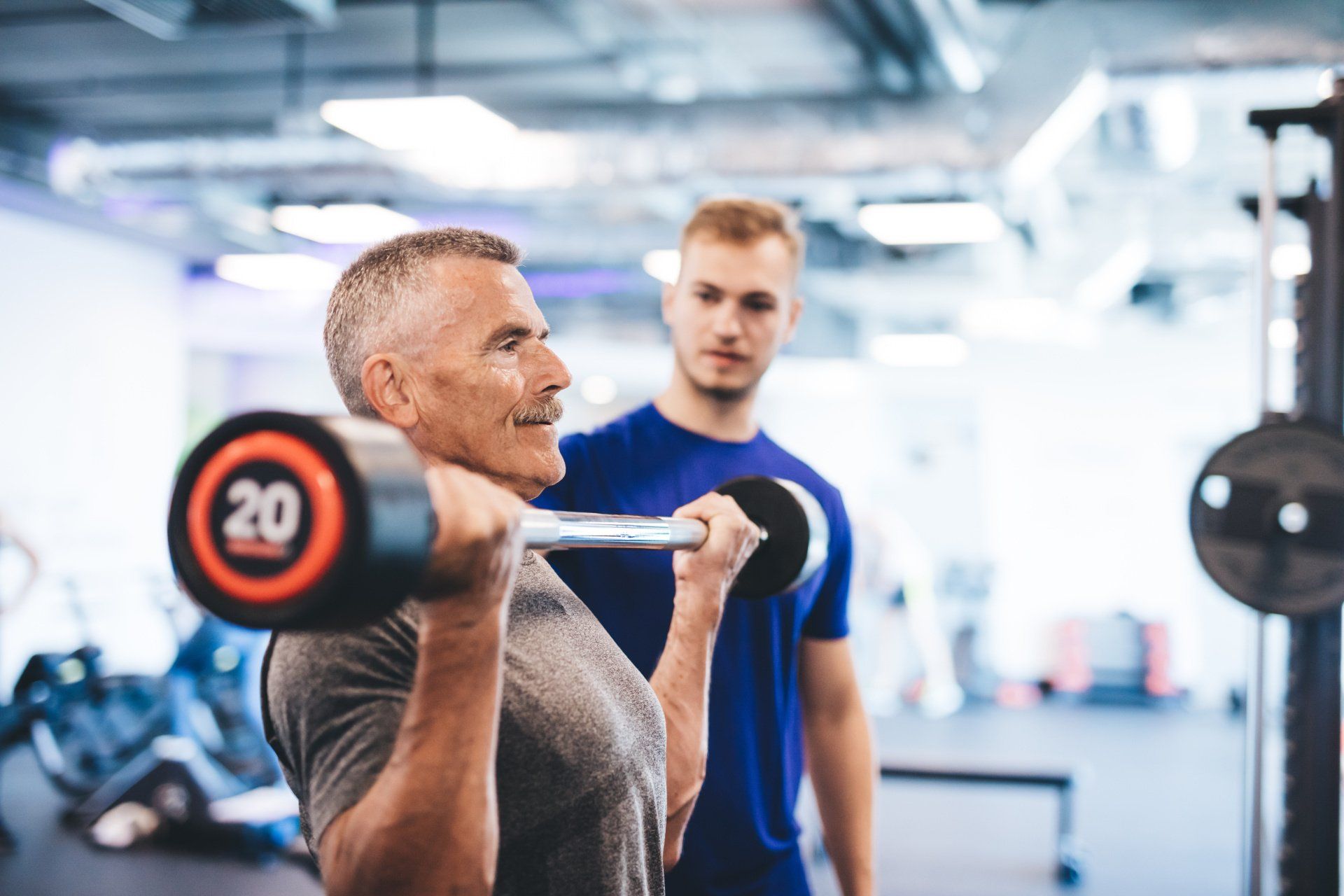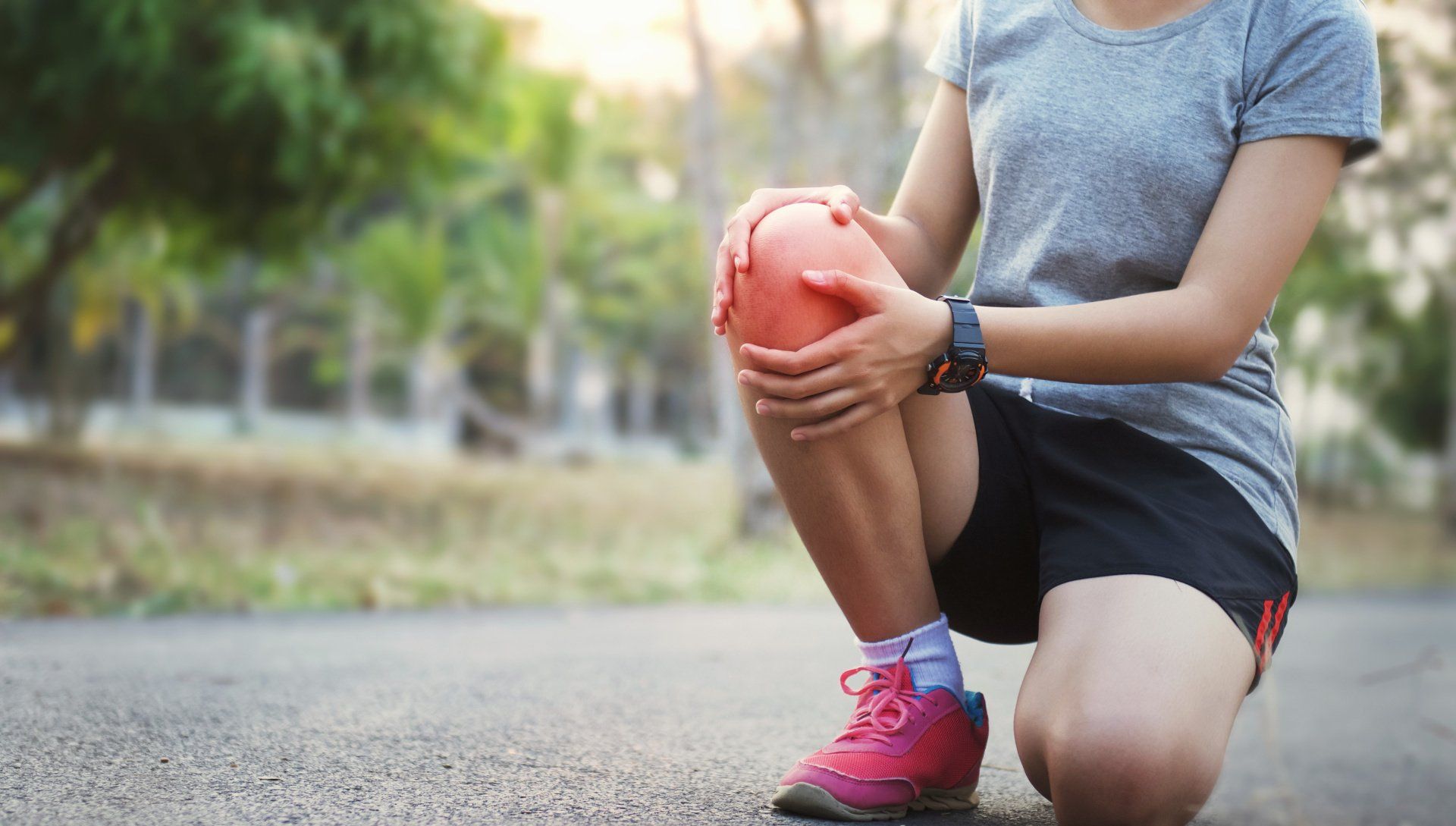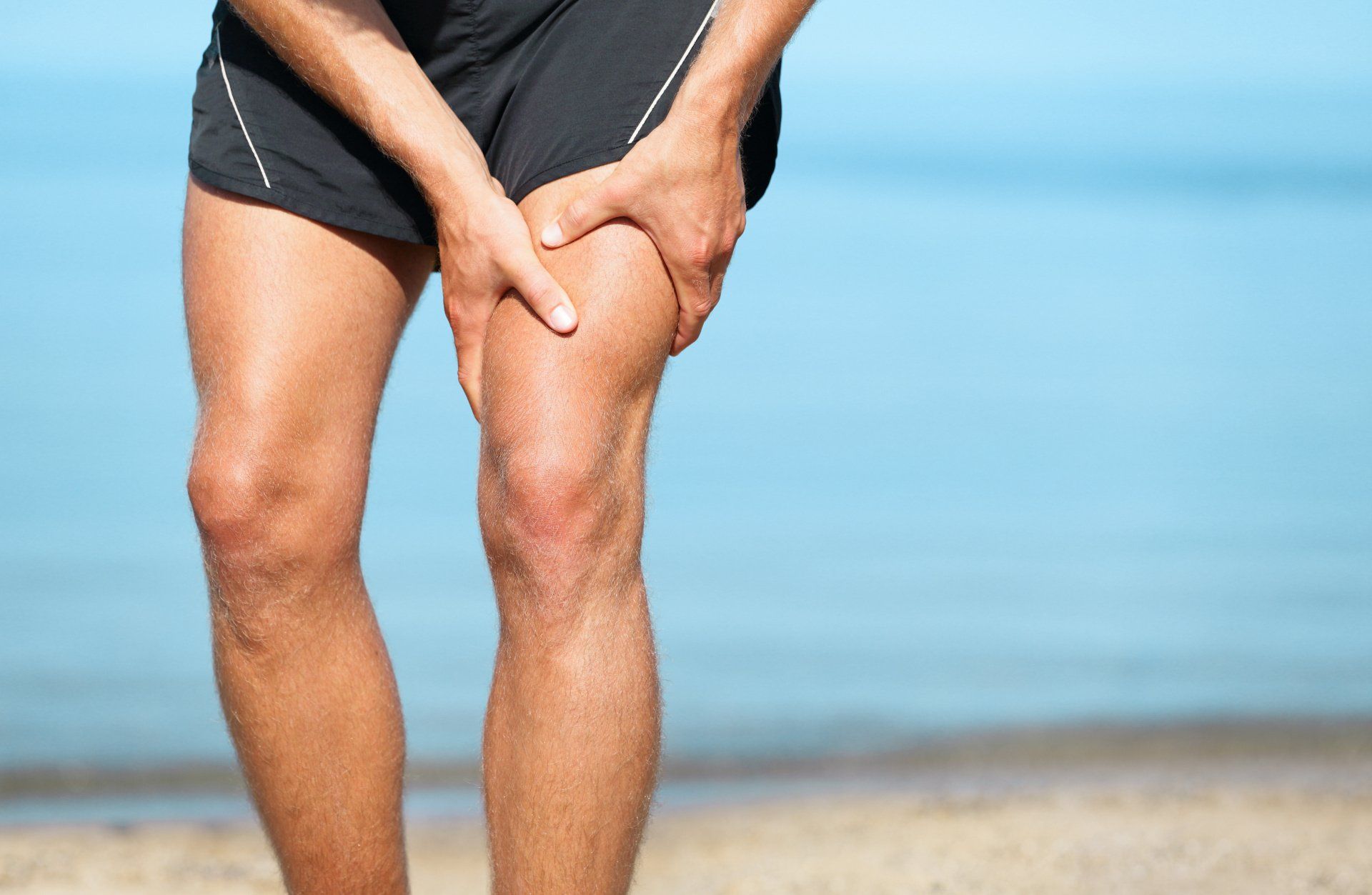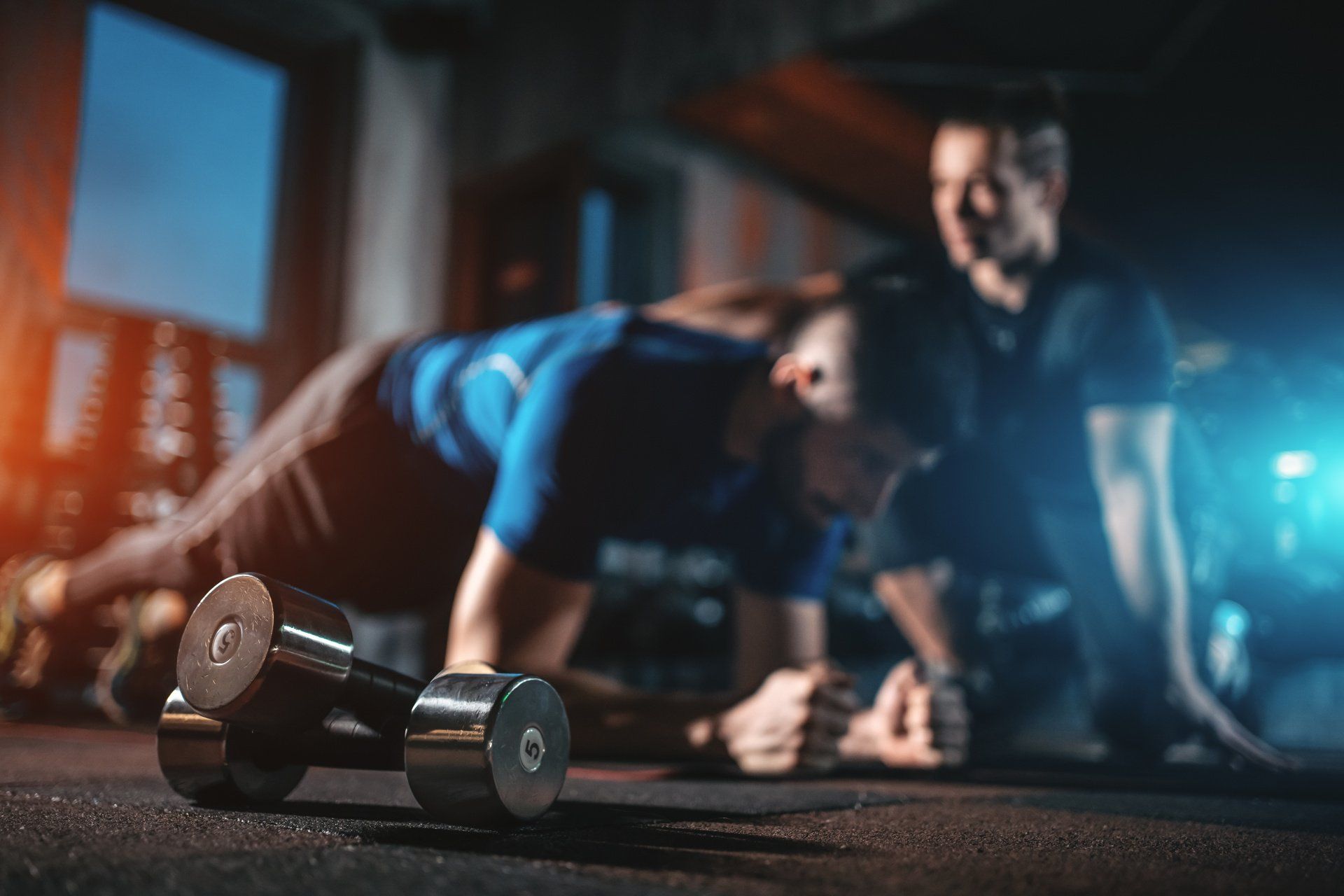Relative Energy Deficiency in Sport (RED-s)
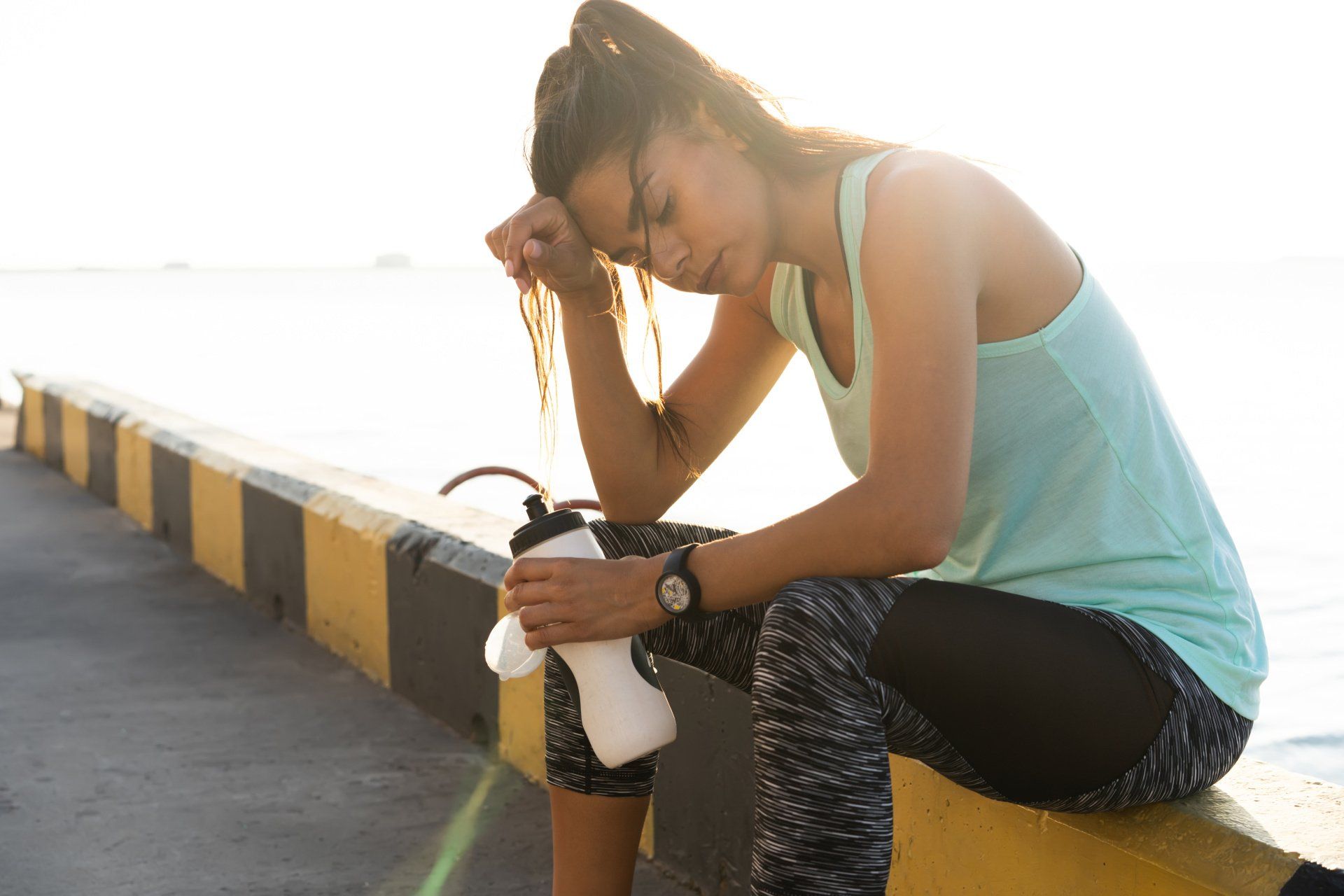
What is it?
RED-s is a condition of low energy availability that can affect both males and females and people of all levels and abilities.
In essence, this is a reflection of overtraining, restricted eating or a combination of the two. It may be an unintentional consequence of training error and disordered eating but may also reflect deliberate and intentional actions. RED-s can adversely affect many functions of the body. The individual may be more susceptible to illness because the immune system is impacted. The body’s ability to heal and recover from training is reduced, making injury and niggles more prevalent. In female’s menstrual dysfunction is common.
The athlete is likely to show signs of general tiredness and irritability. A natural consequence of these things is the impairment of performance. Given the wide variety of symptoms and effects on the body experienced with RED-s it is generally sensible to seek medical assistance to rule out any other potential conditions.
What causes it?
Disordered eating and formal eating disorders exist on the wide spectrum of eating behaviours, but it has been suggested that there is a 20% higher prevalence of eating disorders in both male and female athletes versus non athletes.
Personality type may play a role here. For example, perfectionism is often a desirable trait in sports people and performers, such as dancers, and the selection process may often identify greater potential in those that demonstrate greater levels of conscientiousness and those rigidly preoccupied with detail. In different circumstances these behaviours may be considered excessive and pathological.
Rehab
Awareness of RED-s is certainly increasing as more research and resources on the condition become available. Governing bodies, coaches, dance teachers, parents and healthcare professionals all have a role to play in improving knowledge and raising awareness.
The more the issue is talked about the better. #trainbrave is being used to increase awareness and dispel the simplistic idea that ‘lighter is faster’. The website health4performance.co.uk offers useful and practical information and the book ‘No period, Now what?’ focuses on women with RED-s.
Summary
- RED-s is a syndrome whereby an athlete or dancer is energy deficient, either by deliberately under fuelling, over training or unintentionally under fuelling or over training.
- It leads to impaired physiological functions such as (although not limited to) bone health, menstrual function, immune system, metabolic rate, protein synthesis and cardiovascular health.
- Short term symptoms include impaired performance, a reduction in endurance and muscle strength, increased risk of injury and irritability.
- Longer term implications are menstrual dysfunction, decrease in bone health, increased susceptibility to injury and illness, and depression.
Read more...
